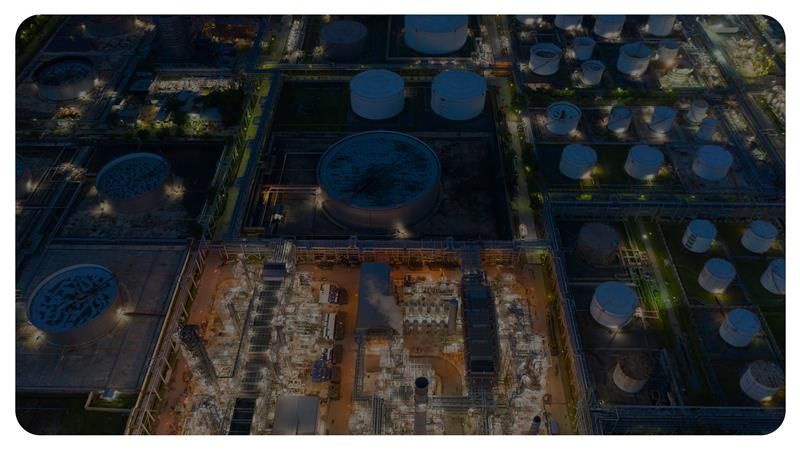
Modernizing Utility Networks: Legacy Gas System Transformation Across Asia & the U.S.
About the Client
Leading utility providers in Far East Asia and the United States, managing critical gas and electrical distribution networks. These companies serve millions of residential and industrial customers and oversee vast infrastructure assets spanning thousands of miles.
Business Need
The clients were operating on outdated legacy platforms for gas network data management. These systems lacked the scalability, spatial accuracy, and integration capabilities needed for modern utility operations. The key challenges included:
- Inefficient data modeling and management
- High maintenance costs due to poor visibility and manual processes
- Incompatibility with newer enterprise systems like OMS and inventory platforms
- Fragmented management of gas and electrical networks
Solution
To overcome these challenges, our team implemented a modern GIS-based solution using Hexagon and ESRI technologies. The transformation involved:
- Legacy System Migration: Transferred large volumes of gas network data using DataMapper, ensuring integrity and minimal downtime.
- Comprehensive Data Validation: Verified geometry, attributes, connectivity, containment, and ownership data before and after migration.
- System Integration: Integrated the GIS platform with outage management and inventory systems for seamless data flow.
- Spatial Accuracy Enhancements: Used reverse geocoding to detect and correct location discrepancies.
- Digitization of Historical Assets: Digitized approximately 1,000 miles of gas network from scanned maps.
- Unified Network Management: Enabled the management of both gas and electric networks in a single, highly configurable GIS environment.
- Custom Tools & Features: Deployed custom placement libraries and dynamic attribute annotations to enhance usability and operational relevance.
Tech Stack
- Hexagon, ESRI: Utilized for comprehensive gas network management, offering tools for data modeling, visualization, and analysis.
- DataMapper: Employed for efficient data migration, transformation, and validation processes.
- Integration Modules: Facilitated seamless connectivity with external systems like outage management and inventory platforms.
- Custom Placement Libraries: Developed to optimize construction aids and align with specific customer requirements.
- Dynamic Attribute Annotations: Configured to manage gas network data effectively, enhancing data clarity and usability.
Business Impact
- 20–30% Reduction in Data-Related Errors
- 25% Faster Work Order Processing
- 15–20% Reduction in Maintenance Costs
- 30% Improvement in Data Access Time
Benefits
- Improved Data Integrity
End-to-end data validation and structured mapping ensured that migrated data was clean, consistent, and future-proof. - Seamless System Integration
Interconnected platforms enabled smoother coordination between GIS, OMS, inventory, and customer systems. - Accurate Asset Mapping
Reverse geocoding and visual validation enhanced the quality of location-based data and network modeling. - Dual Utility Management
A single GIS system now manages both gas and electric assets, improving visibility and reducing licensing and training costs. - Custom Reporting & Planning Tools
Enhanced decision-making through alignment sheets, network analysis tools, and dynamic attribute annotations tailored to utility operations. - Scalability & Future-Readiness
The GIS architecture now supports future expansions like AI-based predictive analytics and real-time monitoring.
Conclusion
This transformation project highlights how utility providers can modernize their infrastructure by moving to advanced GIS platforms like Hexagon and ESRI. The result: higher efficiency, better data quality, and a scalable system ready for the demands of tomorrow’s utility operations.
